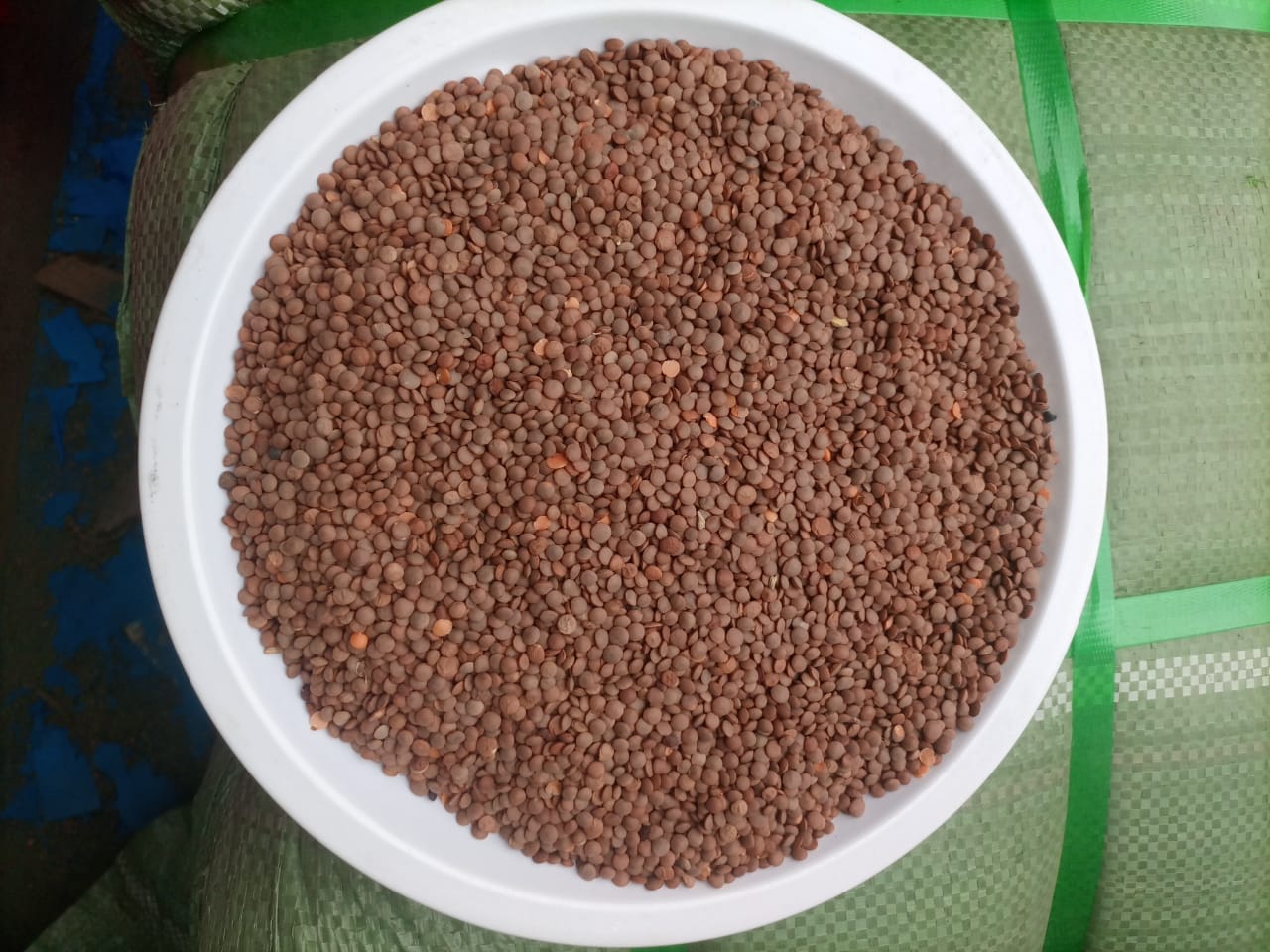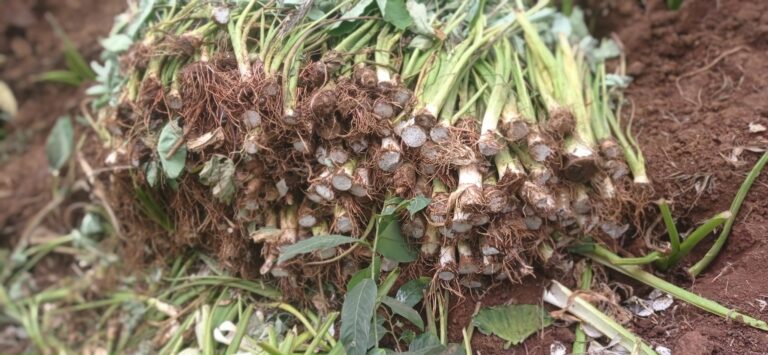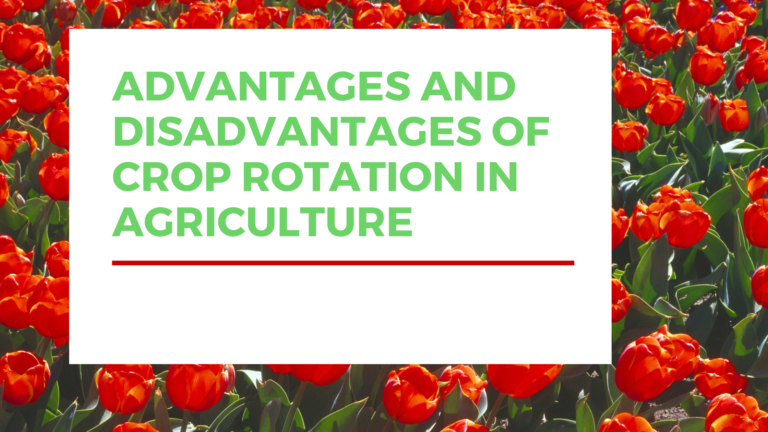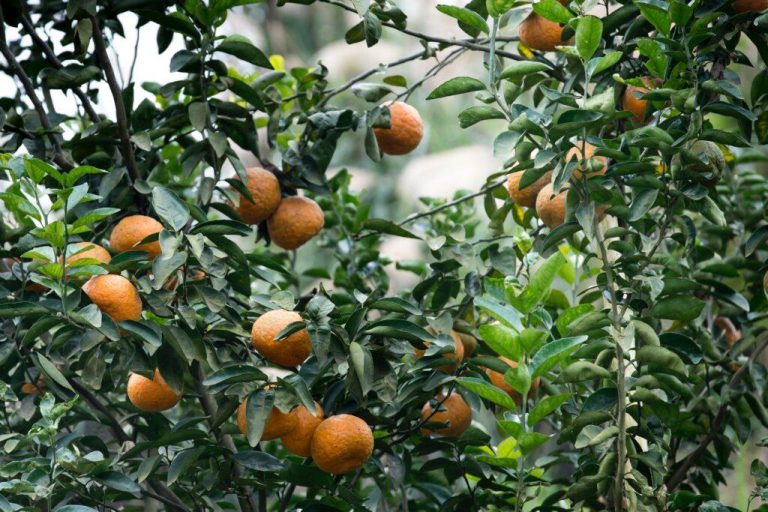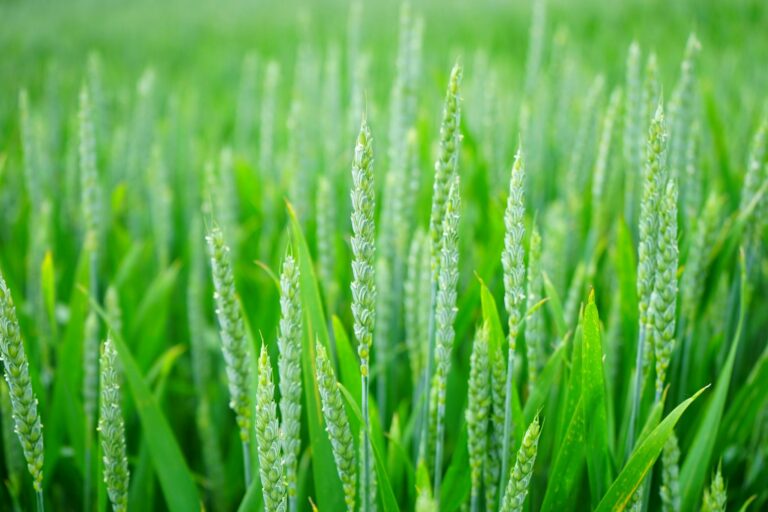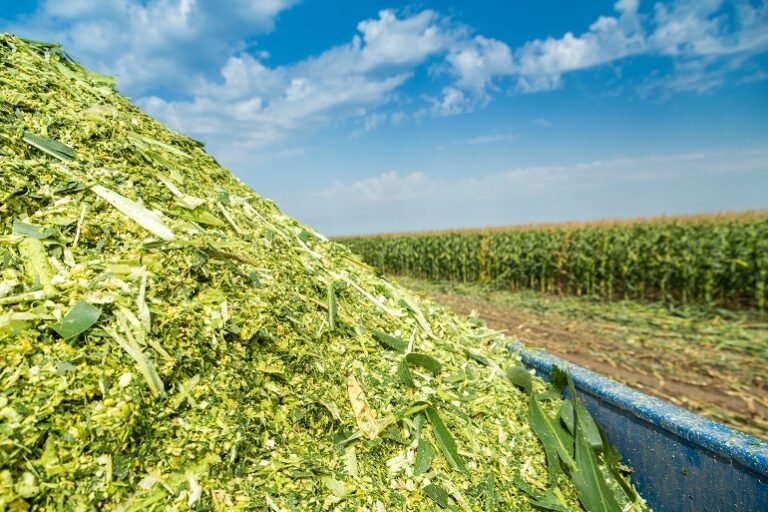Lentils Yield Per Acre In Kenya
Lentil farming in Kenya offers promising returns with typical yields ranging from 600 to 800 kilograms per acre, though optimal management can push yields up to 1,200 kilograms per acre.
With lentils selling at an average price of 200 KES per kilogram, a farmer achieving an 800-kilogram yield per acre could generate revenues of 160,000 KES per acre.
After deducting average costs, which vary but generally allow for a profit of approximately 90,000 KES per acre, lentil farming proves profitable due to its short maturity period of 80 to 110 days.
Market prices for lentils in Kenya fluctuate between 100 KES to 350 KES per kilogram, influenced by regional demand and other market factors, necessitating farmers to stay updated to optimize profitability in this fast-cycling crop.
Lentil farming In Kenya
Lentil farming in Kenya, particularly known as “kamande,” has gained attention due to its potential for profitability and adaptability to local conditions.
Lentil farming is gaining momentum in Kenya due to its economic potential and suitability to the climate. Lentils, known for their nutritional value and versatility, are becoming a staple crop for many Kenyan farmers.
This article explores lentils’ yield per acre, profitability, costs, and maturity period, providing a comprehensive guide for current and prospective lentil farmers.

How Much Do Lentils Yield Per Acre?
The yield of lentils per acre in Kenya can vary significantly based on several factors, including soil fertility, climate conditions, farming practices, and seed variety. On average, lentils yield approximately 600 to 900 kilograms per acre under optimal conditions. This yield can be achieved with proper land preparation, timely planting, adequate fertilization, and effective pest management.
Factors Influencing Lentil Yields
- Soil Health: Lentils thrive in well-drained, loamy soils with a pH range of 6.0 to 6.5. Regular soil testing and appropriate amendments can enhance soil fertility and boost yields.
- Climate: Lentils require a cool growing season with temperatures between 18°C to 30°C. Adequate rainfalls, ideally 300 to 450 mm during the growing season, is crucial for optimal growth.
- Seed Variety: Choosing high-yielding and disease-resistant lentil varieties can significantly impact yields. Improved varieties developed for specific regions in Kenya offer better adaptability and productivity.
- Farming Practices: Adopting modern farming techniques, such as crop rotation, intercropping, and the use of certified seeds, can improve yields. Efficient weed, pest, and disease management also play a vital role in maintaining healthy crops.
Is Lentil Farming Profitable?
Lentil farming in Kenya presents a profitable venture, provided the farming practices are optimized for maximum yield and market conditions are favorable.
It offers a lucrative opportunity for farmers willing to adopt modern agricultural practices and tap into the growing demand for lentils.
The profitability of lentil farming is influenced by several factors:
Market Demand and Prices
Lentils are in high demand both locally and internationally. The local market demand is driven by the growing consumption of lentils as a source of protein and other nutrients.
Internationally, Kenya can export lentils to countries where the demand is high, such as India and Europe. The price of lentils can range from KES 100 to KES 150 per kilogram, depending on market conditions and quality.
Cost of Production
The cost of production for lentil farming includes expenses for seeds, fertilizers, pesticides, labor, and irrigation. On average, the cost can range from KES 20,000 to KES 30,000 per acre. Efficient management and reduction of input costs can increase profitability.
Economic Benefits
- High Returns: With an average yield of 800 kilograms per acre and a selling price of KES 120 per kilogram, the gross income per acre can be around KES 96,000. After deducting production costs, the net profit can be substantial.
- Employment Opportunities: Lentil farming creates employment opportunities for local communities, contributing to rural development and economic growth.
- Crop Rotation Benefits: Lentils, being a legume, fix nitrogen in the soil, enhancing soil fertility for subsequent crops and reducing the need for chemical fertilizers.
How Much Do Lentils Cost in Kenya?
The cost of lentils in Kenya varies depending on factors such as supply and demand, quality, and market dynamics. Generally, the retail price of lentils ranges from KES 100 to KES 150 per kilogram. Wholesale prices can be lower, making it profitable for traders and middlemen.
Factors Affecting Lentil Prices
- Seasonality: Prices can fluctuate based on the harvesting season. During the peak harvest season, prices tend to be lower due to increased supply.
- Quality: High-quality lentils with minimal defects and contaminants fetch higher prices in the market.
- Market Access: Access to different markets, including local, urban, and export markets, can influence prices. Farmers with access to better markets can command higher prices for their produce.
What Is the Maturity Period of Lentils?
Lentils typically have a maturity period of 90 to 120 days from planting to harvest. This period can vary based on the variety, climatic conditions, and farming practices.
Understanding the maturity period is crucial for planning planting schedules and ensuring timely harvesting.
Stages of Lentil Growth
- Germination: Lentil seeds germinate within 7 to 10 days after planting.
- Vegetative Growth: The vegetative stage lasts for about 30 to 40 days, during which the plants develop stems and leaves.
- Flowering: Flowering occurs approximately 40 to 60 days after planting, and this stage lasts for about 15 to 20 days.
- Pod Formation and Maturation: The final stage involves pod formation and maturation, taking about 30 to 40 days. Harvesting should be done when the pods are dry and have turned yellow.
Best Practices for Optimal Maturity
- Timely Planting: Planting at the right time, preferably at the onset of the rainy season, ensures that the crops receive adequate moisture.
- Irrigation: Supplemental irrigation during dry spells can help maintain soil moisture and support plant growth.
- Pest and Disease Management: Regular monitoring and control of pests and diseases prevent crop damage and ensure healthy maturation.
FAQs
How much do lentils yield per acre in Kenya? Lentils yield approximately 600 to 900 kilograms per acre in Kenya under optimal conditions, influenced by factors like soil fertility, climate, seed variety, and farming practices.
Is lentil farming profitable in Kenya? Yes, lentil farming is profitable in Kenya, with potential high returns driven by strong market demand, favorable prices, and efficient production practices.
How much do lentils cost in Kenya? The cost of lentils in Kenya ranges from KES 100 to KES 150 per kilogram, depending on market conditions, quality, and supply and demand dynamics.
What is the maturity period of lentils? The maturity period of lentils is typically 90 to 120 days from planting to harvest, varying based on variety, climatic conditions, and farming practices.
What factors affect lentil yields in Kenya? Factors affecting lentil yields include soil health, climate, seed variety, and farming practices like crop rotation, pest management, and irrigation.
What are the economic benefits of lentil farming? Economic benefits of lentil farming include high returns, employment opportunities, and improved soil fertility through nitrogen fixation, benefiting subsequent crops.
